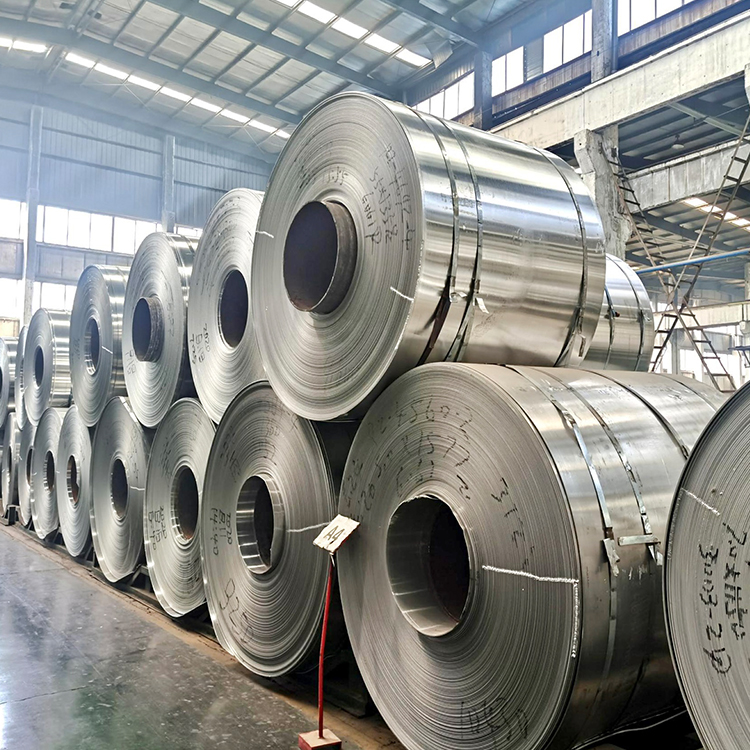Warping of aluminum coils after high-temperature cooling is a common and frustrating issue. This problem not only affects production efficiency but may also result in decreased product quality. Below are the main reasons for aluminum coil warping after high-temperature cooling.

Poor Heat Conduction
Aluminum is an excellent conductor of heat. During high-temperature processing, uneven cooling can lead to significant temperature gradients, causing uneven contraction of the material and ultimately resulting in warping.
Internal Stress in the Material
Internal stresses may develop within the aluminum coil, especially during hot or cold rolling processes. When the material cools, these internal stresses are not effectively relieved, leading to bending and twisting of the coil.
Non-uniform Material Thickness
Non-uniform thickness of the aluminum coil can also contribute to warping after cooling. Different thicknesses lead to different cooling rates, causing uneven contraction of the material and subsequent warping.
Rapid Cooling Rate
If the aluminum coil cools too quickly after high-temperature processing, rapid contraction of the material may occur, resulting in internal stress and subsequent warping.
Improper Manufacturing Processes
Inappropriate operations during manufacturing can also lead to warping of aluminum coils after cooling. For example, improper settings of cooling equipment or inappropriate cooling media selection can affect the cooling process and subsequently impact product quality.
Solutions
To address the issue of aluminum coil warping after high-temperature cooling, several methods can be employed:
Uniform Cooling: Ensure that the aluminum coil undergoes uniform cooling to prevent temperature differentials. This can be achieved by adjusting cooling equipment settings or using more suitable cooling media.
Stress Relief: Subject the aluminum coil to proper annealing processes during production to relieve internal stresses and reduce the occurrence of warping.
Material Control: Strictly control the production process to ensure uniform thickness of the aluminum coil, thus avoiding warping caused by non-uniform thickness.
Cooling Rate Control: Control the cooling rate of the aluminum coil to prevent rapid contraction and minimize internal stress buildup, thereby reducing warping.
Quality Monitoring: Establish a comprehensive quality monitoring system to monitor and adjust key parameters during production, promptly identifying and resolving issues to ensure stable product quality.

By applying a combination of these methods, the issue of aluminum coil warping after high-temperature cooling can be effectively addressed, leading to improved product quality and production efficiency.


